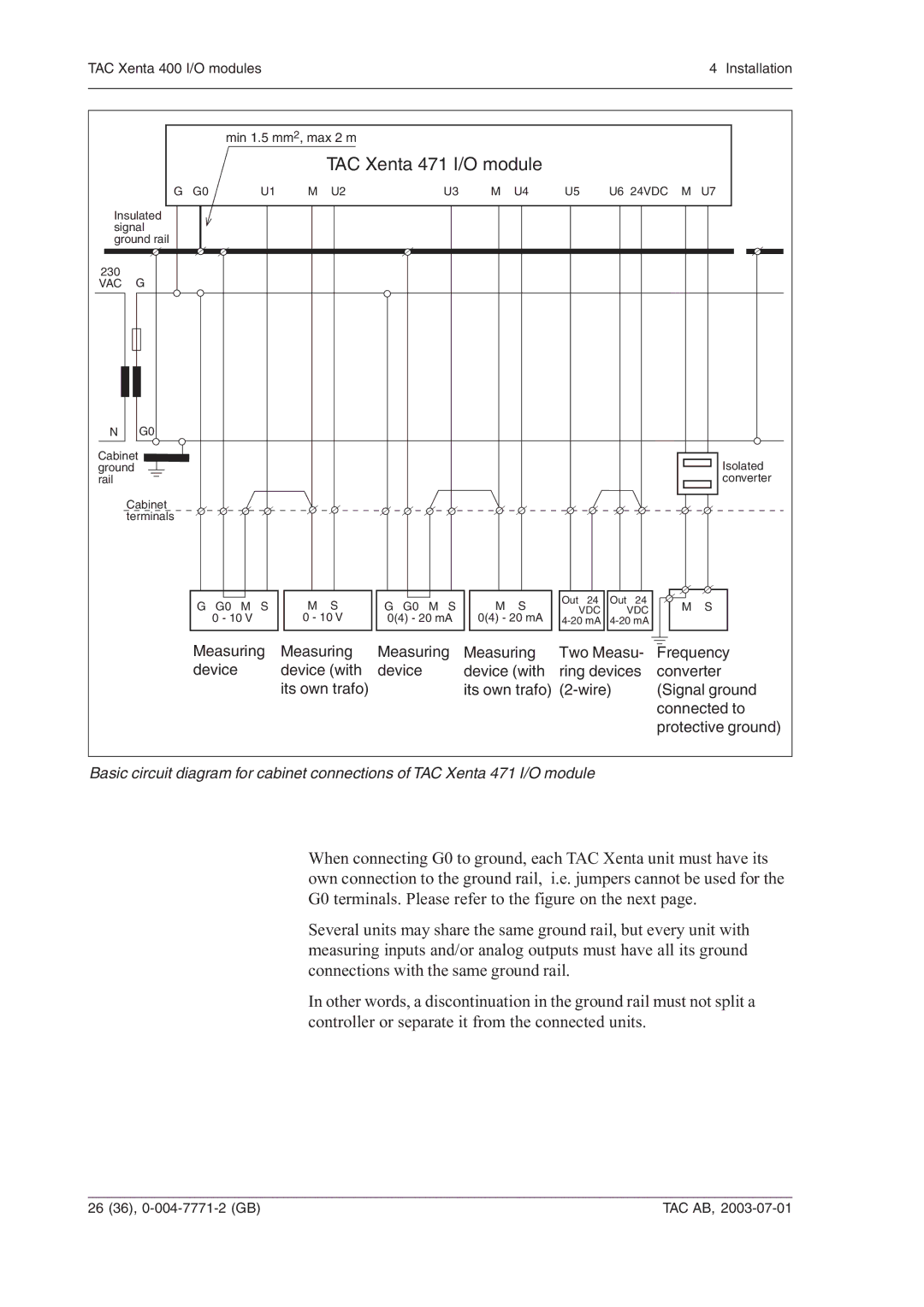400 specifications
Schneider Electric is a leading global specialist in energy management and automation, and the Schneider Electric 400 is an advanced product within its portfolio that exemplifies innovation in power distribution. Designed to provide efficient management of electrical systems, the Schneider Electric 400 is an ideal solution for various applications, including industrial, commercial, and residential settings.One of the main features of the Schneider Electric 400 is its modular design, which allows for easy scalability and adaptability to different installation requirements. The modularity not only enhances flexibility but also simplifies maintenance, as components can be easily replaced or upgraded without disrupting the entire system. This feature makes the Schneider Electric 400 particularly attractive for businesses looking to future-proof their installations.
The Schneider Electric 400 is equipped with state-of-the-art technologies that optimize energy usage and improve overall system reliability. It incorporates advanced monitoring capabilities that provide real-time data on energy consumption, enabling users to make informed decisions about usage patterns and identify potential areas for energy savings. This feature is especially beneficial in today’s energy-conscious environment, where sustainability is a priority for many organizations.
Another significant characteristic of the Schneider Electric 400 is its robust safety features. With built-in protection mechanisms, it ensures reliable operation while minimizing the risk of electrical hazards. Comprehensive fault detection and arc flash mitigation technologies safeguard both personnel and equipment, making it a reliable choice for facilities that prioritize employee safety.
In addition to its safety and monitoring capabilities, the Schneider Electric 400 is designed with user-friendly interfaces and intuitive controls. This enhances ease of use for operators, allowing for quick adjustments and seamless integration with existing systems. The system’s compatibility with digital platforms also offers additional enhancements, enabling connectivity with IoT applications for enhanced data analysis and predictive maintenance.
Overall, the Schneider Electric 400 stands out for its modularity, advanced technologies, safety features, and intuitive design. It represents Schneider Electric's commitment to innovation and sustainability in energy management, making it a leading choice for organizations seeking to optimize their power distribution systems while reducing their environmental impact. As energy demands continue to evolve, solutions like the Schneider Electric 400 are poised to meet the challenges of modern energy management head-on.

